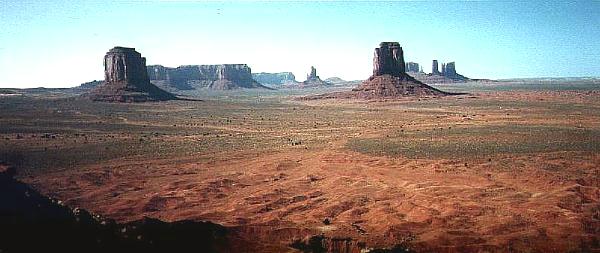Towards a concept of association, the following points must be
considered:
Granted, of the actual existence of definable units of vegetation there is
no doubt that these units have describable structure, that they appear,
maintain themselves, and eventually disappear are observable facts.
General principles in explanation of the usual phenomenon of
vegetation:
- Vegetation, in its broader aspects, is composed of a number of plant
individuals. The development and maintenance of vegetation is therefore
merely the resultant of the development and maintenance of the component
individuals ... according to this view, the phenomena of vegetation depend
completely upon the phenomena of the individual. It is in sharp contrast
with the view of Clements that the unit of vegetation is an organism,
which exhibits a series of functions distinct from those of the individual
and within which the individual plants play a part as subsidiary to the
whole.
- In the same limited region, that is, with the same surrounding
population, areas of similar environment, whether continuous or detached,
are therefore occupied by similar assemblages of species. Such an
assemblage is called a plant association.
- On of the most important features of the environment is the control or
modification of the original physical factors by the plant population
itself ... the physical factors of the environment generally vary
gradually in space ... such gradual and progressive variation of
environment would normally lead to equally gradual and progressive changes
in the vegetation and to the establishment of broad transition zones
between adjacent associations, in which the species of both mingle. (In
fact, the difficulty of distinguishing associations in many regions is to
be expected when the vegetation depends upon environmental selection of
favored individuals; this same difficulty is hard to reconcile with the
belief that the plant association is an organic entity.)
- The general tendency of the population of an association to migration
tends to produce uniform distribution of each species within it, and
consequently uniformity of the association as a whole. This uniformity is
one of the most characteristic visible features of the association, and
has by some been taken as the basis for a definition of it.
- Because of differences in the surrounding plant population, from which
the inhabitants of an area are drawn; because of accidents of migration
and the time available for it; and because of environmental differences,
no two areas need have identical populations, measured by component
species and the relative number of individuals of each ... whether any two
areas, either contiguous or separated, represent the same plant
association, detached examples of the same one, developmental stages of
one, or different associations, and how much variation of structure may be
allowed within an association without affecting its identity, are both
purely academic questions, since the association represents merely the
coincidence of certain plant individuals and is not an organic entity of
itself. While the similarity of vegetation in two detached areas may be
striking, it is only an expression of similar environmental conditions and
similar surrounding plant populations. If they are for convenience
described under the same name, this treatment is in no wise comparable to
the inclusion of several plant individuals in one species.
 5% frequency)
5% frequency)